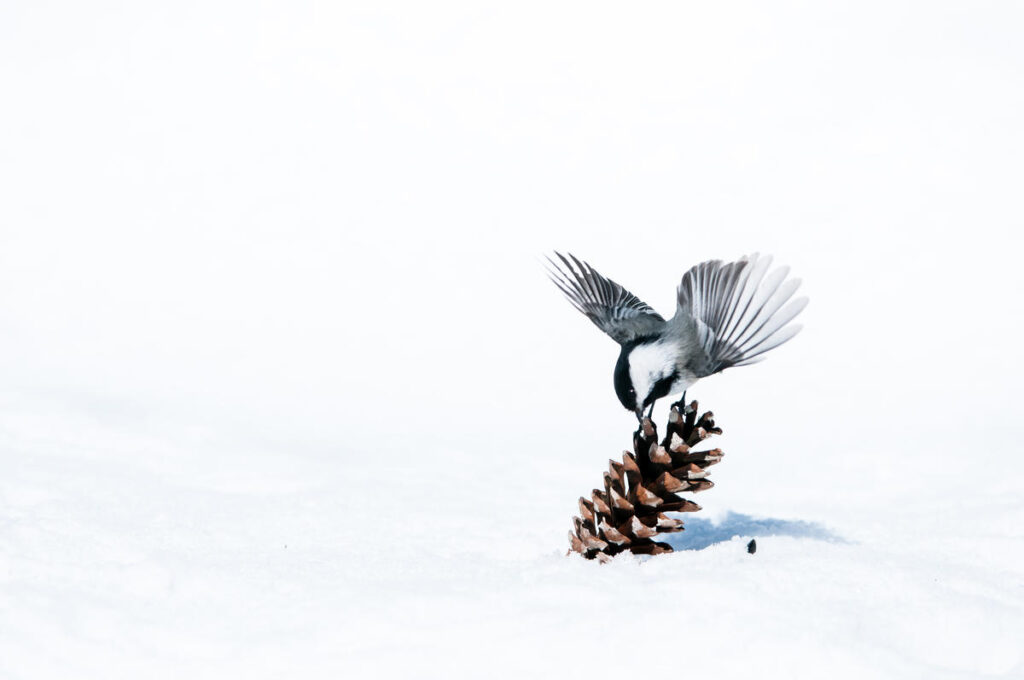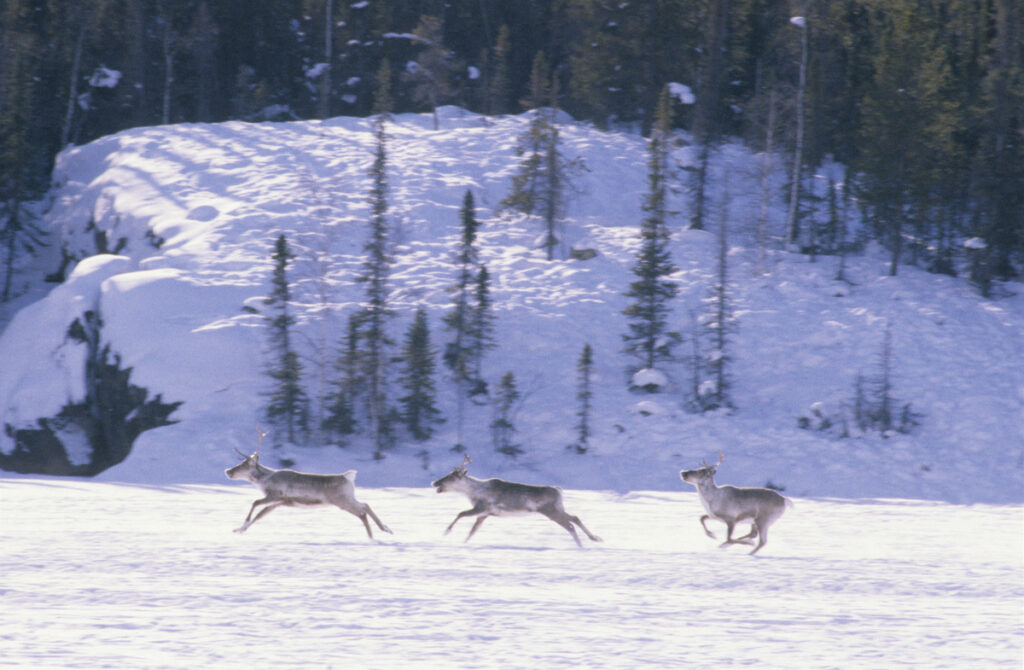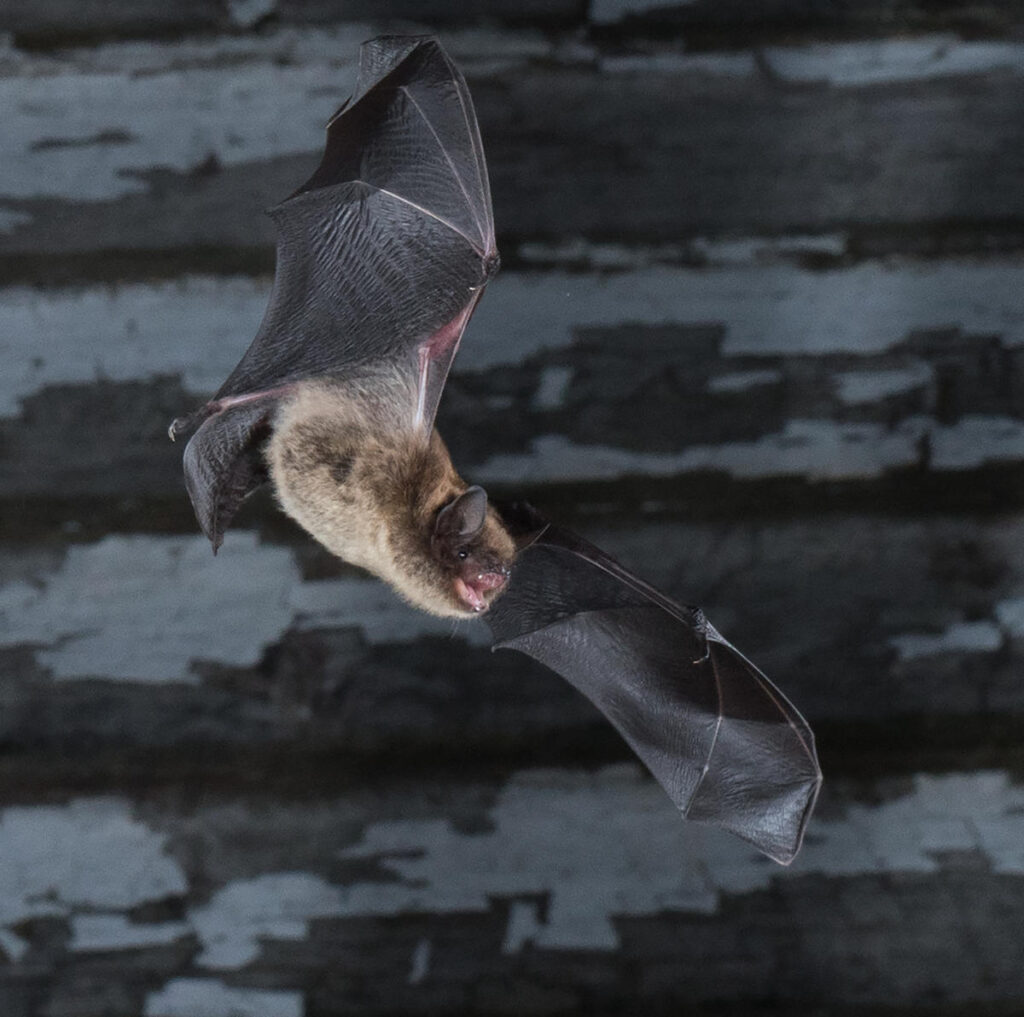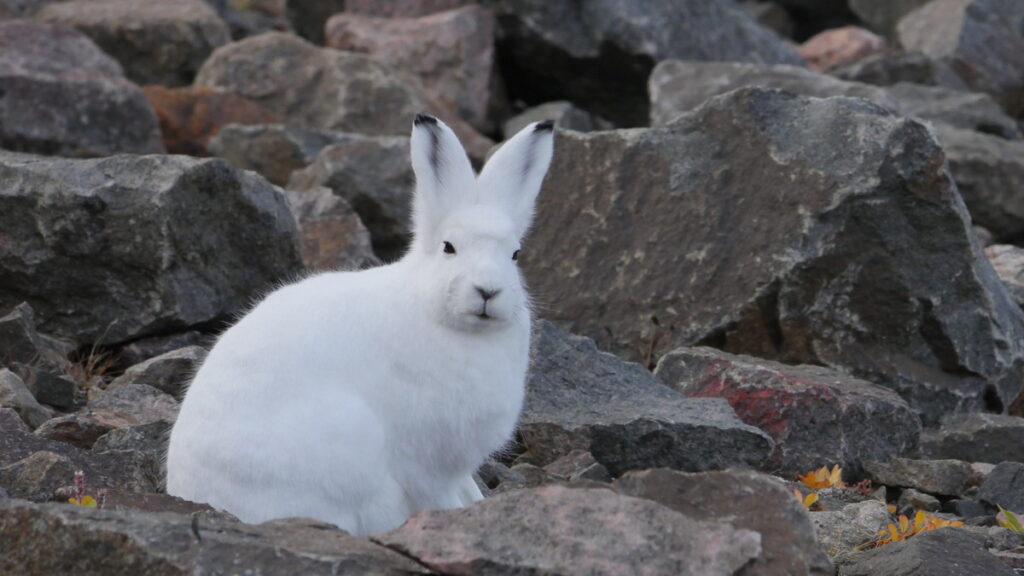Creatures of the cold: How do Canadian wildlife thrive during winter?
All through the Canadian winter, wildlife survive — and even thrive — in cold temperatures, burrowing under cover of snow, traversing frozen tundra or foraging in the frigid forest. While we humans have to huddle indoors, bundle up or light a fire, these species have adapted to navigate harsh winter conditions.
So how do they pull that off?

Adaptation is a trait, often passed down through generations, that helps an animal or plant live in its environment. Unlike acclimatization, which also helps species adjust to change, adaptations are unique because they actually increase species diversity.
A behavioural adaptation prompts a species to act in response to its environment — for example, by migrating or hibernating — while a physical adaptation is when a species changes its appearance or anatomy to better protect itself against that environment. Chickadees, for example, grow an insulating layer of feathers as the weather gets colder, and an Arctic fox will change its fur colour from brown to white to better blend into its snowy surroundings. Usually, a combination of physical and behavioural adaptations allows an animal to cope with extreme cold, blowing winds and icy landscapes.
Migration

Migratory animals move to escape winter conditions. Whooping cranes travel each autumn from northern Alberta and the Northwest Territories all the way south to Texas. Monarch butterflies make an annual 6,000-kilometre roundtrip from southern Ontario to Mexico. And barren-ground caribou trek across the Northwest Territories and Nunavut each winter en route to shallower snow that lets them access the lichen that makes up most of their diet.
Hibernation
Hibernation, which describes a range of resting behaviours from inactivity to deep sleep, is an effective way to conserve energy when food is scarce in the winter.
Some animals enter torpor, a state of reduced mental and physical activity that still allows them rouse occasionally to eat stored food or venture out on warmer days. Chipmunks and skunks experience torpor, with their body temperatures dropping as night falls to better conserve heat while their built-up fat stores act as an additional insulating layer. Bears, which many people tend to think of as “true hibernators,” actually experience torpor. Even some birds — including hummingbirds — can also use torpor to still their bodily functions when temperatures get chilly (which can look a bit alarming to the untrained eye).

Then there’s true hibernation, a relatively rarer state of deep sleep and metabolic slow-down that allows an animal to conserve as much energy as possible when food isn’t available. Groundhogs, for example, are expert true hibernators. When sleeping in their burrows, their body temperature can fall to as low as three degrees Celsius, and their heart rate can slow to just eight beats per minute. The endangered little brown bat, found across most of Canada, is another deep sleeper, hibernating for up to seven months of the year in caves or abandoned mines.
Tolerance
For those species who don’t sleep through the cold, adapting to harsh conditions and sub-zero temperatures means developing other ways to contend with their winter environments more directly. When a species has “tolerance” (sometimes called “resistance”), it means they’ve developed ways to stay active in their changed environment. Many Arctic animals share foxes’ white winter coat adaptation — species like Arctic hares and rock ptarmigans don all-white looks in winter months. But the change is more than just camouflage: winter fur coats are often denser and can help trap air close to the body to retain heat.
Other cold weather-adapted animals have unique vascular systems that allow them to distribute warm blood more efficiently between arteries and veins, which keeps them from losing heat too fast. Caribou, for instance, have unique heat exchange systems that allow their legs — which are thinner, longer and therefore more prone to heat loss — to stay at a lower temperature than the rest of their bodies.
Climate change adaptations
Adaptations are often the product of evolution — behaviours and strategies in response to external conditions (like typical weather patterns in a region) that can be passed on. But the problem for many of these species is that climate change and human activities are causing winters to change faster than they can adapt, making their inheritance less effective.
What happens, for example, when an Arctic hare’s fur turns white against a snowless landscape? What about when freezing rain locks food sources under ice, making them much harder for wildlife to access? Or when extreme temperature fluctuations catch species off guard? Winters are becoming less predictable, and adaptations that were once a great help to species’ survival may no longer work the way they once did.

Experts are already seeing how unpredictable winters are threatening the habitats that winter-adapted species depend on to survive. Even those species most resilient to change are contending with challenges that adaptations can’t overcome.
Supporting WWF-Canada initiatives to address climate change, support research and promote the important carbon-storing potential of restored habitat can help ensure winter wildlife adaptations continue to create conditions for survival.
Donate now to help protect at-risk species’ winter habitats.

